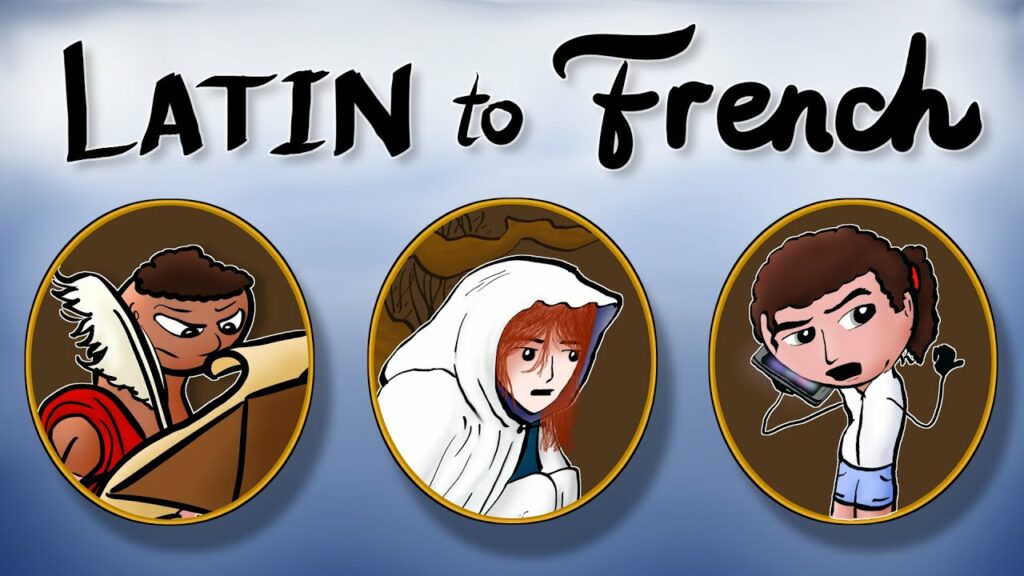French is known as the language of romance, a reputation that, whatever cultural support it enjoys, would be difficult to defend on purely linguistic grounds. But it wouldn’t be controversial in the least to call it a Romance language, which simply refers to its descent from the Latin spoken across the Roman Empire. In that category, however, French doesn’t come out on top: its 77 million speakers put it above Romanian (24 million) and Italian (67 million), but below Spanish (489 million) and Portuguese (283 million). If you know any one of these languages, you can understand at least a little of all the others, but French stands out for its relative lack of family resemblance.
“Why is acqua just eau?” asks Joshua Rudder, creator of the Youtube channel NativLang. “How are cambiar and casa related to change and chez?” He addresses the causes of these differences between modern-day French, Spanish, and Italian in the video above, which presents the historical-linguistic explanation in the form of a long and tricky recipe.
“Start preparing your ingredients 2000 years ago. Take a base of Latin,” ideally at least three centuries old. “Combine traces of Gaulish, because Celtic words will become sources of change.” Then, “gradually incorporate sound shifts, not uniformly: work them in to form a nice continuum, where the edges look distinct, but locally, it’s similar from place to place.”
This cooking session soon becomes a dinner party. Its most important attendees are the Franks next door, who come not empty-handed but bearing a few hundred Germanic words. In the fullness of time, “you might think that the sound of French would come from a single dialect in Paris. Instead, observe as it arises from social changes and urbanization, bringing together people who speak many varieties of oïl” — an old word for what Francophones now know as oui, and which now refers to the dialects spoken in the north of the country (as opposed to oc in the south) back then. Even this far into the process, we’ve come only to the point of making Middle French.
Modern French involves “a thick ganache of kingdom and colonization” spread far and wide. Subsequent “periods of revolution and Napoleon” put more touches on the languages, none of them finishing. Students of French today find themselves seated at an elaborate feast of unfamiliar sounds and rules governing those sounds, many of which may at first seem unpalatable or even indigestible. Yet some of those students will develop a taste for such linguistic fare, and even come to prefer it to the other Romance languages that go down easier. French continues to change in the twenty-first century, not least through its incorporation of askew anglicisms, yet somehow continues to remain a language apart. Therein, perhaps, lies the true meaning of vive la difference.
Related content:
What Shakespeare’s English Sounded Like, and How We Know It
What Ancient Latin Sounded Like, And How We Know It
Watch Ta-Nehisi Coates Speak French Before & After Attending Middlebury’s Immersion Program
Based in Seoul, Colin Marshall writes and broadcasts on cities, language, and culture. His projects include the Substack newsletter Books on Cities, the book The Stateless City: a Walk through 21st-Century Los Angeles and the video series The City in Cinema. Follow him on Twitter at @colinmarshall or on Facebook.
